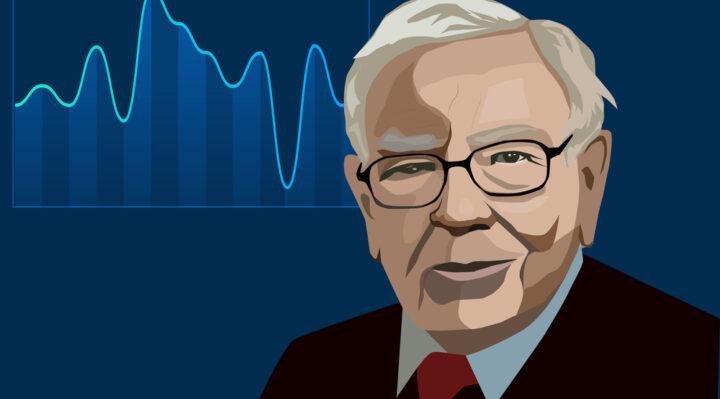Warren Buffett’s views of diversification are well-known. He is famous for saying, “You know, we think diversification is—as practiced generally—makes very little sense for anyone that knows what they’re doing…it is a protection against ignorance.” This goes against what most finance students are taught in universities. However, Buffett’s views are more nuanced than it first seem.

Buffett Does Diversify
Warren Buffett, like any capital allocator, wants to earn a rate of return more significant than what his investors could earn if they invested in a broad-based market index like the S&P 500.
Now, what is the purpose of diversification? The earliest proof of diversification is Daniel Bernoulli’s paper, Exposition of a New Theory on the Measurement of Risk, in 1738. Bernoulli said, “… it is advisable to divide goods exposed to some small danger into several portions rather than to risk them all together.” Diversification reduces your risk by spreading it across various bets or even different assets. This is key because of the radical uncertainty that exists in investing. When you buy shares, no matter how confident you are, there is still a risk that you ultimately overpaid or bought the wrong stock or asset. Every investor on the planet makes mistakes, including Warren Buffett. Not only do investors make mistakes, their investments also suffer from unforeseen adverse events. So when you build your portfolio, you have two sources of risk: your own mistakes and bad stuff that happens in the future that you didn’t or couldn’t foresee. So, investors diversify to increase their likelihood of buying a winning stock or asset.
This is even more significant when you realize that the typical stock does not perform better than Treasury bills! This was established in a famous paper by Hendrik Bessembinder, “Do Stocks Outperform Treasury Bills?”. Bessembinder found four out of every seven stocks have lower returns than one-month Treasuries. He also found that just 4% of stocks account for all the market’s returns since 1926! This means that the investor has a 96% chance of picking a stock that will not build long-term wealth. This is why you diversify: it’s an attempt to get some wealth-building stocks in your portfolio. Buffett advises the average investor not to try and play the market because your chances of finding winning stocks are so low. Instead, the average investor is advised to invest in a stock-market index. Indeed, Buffett has said, “On my death, there’s a fund for my then-widow, and 90% will go into an S&P 500 index fund”, with the rest placed in bonds.
When Buffett talks about diversification, he does not say you should own just one stock or asset. That would go against his practices, as you can see from Berkshire Hathaway’s stock portfolio.
Data: CNBC
The Limits of Diversification
Bernoulli also found, however, that the benefits of diversification have a limit, and the costs start to outweigh those benefits. Research in the last few decades has found that the benefits of diversification of a stock portfolio start to erode after the first 15 or 20 stocks. Berkshire Hathaway owns about 50 companies, well past the point at which diversification’s benefits start to erode.
Buffett’s real point isn’t so much about the number of stocks in his portfolio but about the degree of concentration he is willing to tolerate in his best positions. Notice that Apple makes up 42.8% of its portfolio. The next highest position is Bank of America at 10.1%. Just two stocks make up more than half his portfolio.
Why is this? Buffett argues that if you concentrate your bets, you are more likely to outperform the market. You see, the more you diversify, your returns reflect those of the broad market. That’s great for the average investor who doesn’t have the expertise to find those rare winning stocks. For an expert investor, diversification after those 15 or 20 stocks is risky because it reduces potential returns and makes returns closer and closer to those of the market. Buffett’s aim, after all, is to exceed the returns of the market, so when he feels he has a stock that will outperform the market, he concentrates his bets on that stock. For him, that stock has been Apple.
Buffett’s philosophy is influenced by the principles of John L. Kelly, Jr, who devised a method to size bets in the market. The Kelly Criterion argues that an investor must concentrate bets around the stocks that the investor believes offer the best prospect for positive returns. This necessarily leads to very concentrated portfolios like the portfolio Berkshire Hathaway has.
So Buffett’s overall message is, for the typical investor, invest in an index fund because the odds are you will not beat it, but for expert investors, concentrate your portfolio around the stocks you believe are most likely to give you positive returns.


